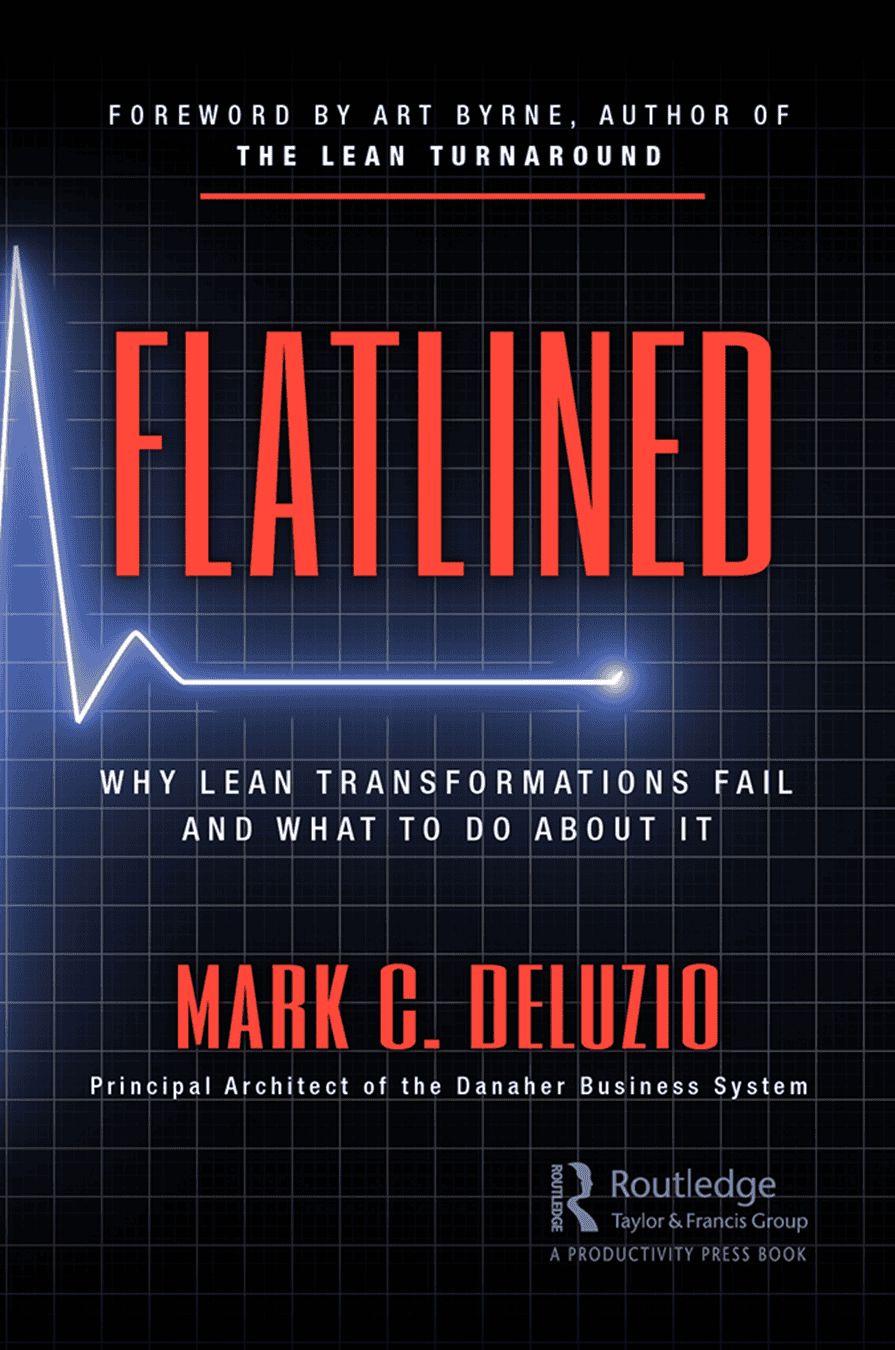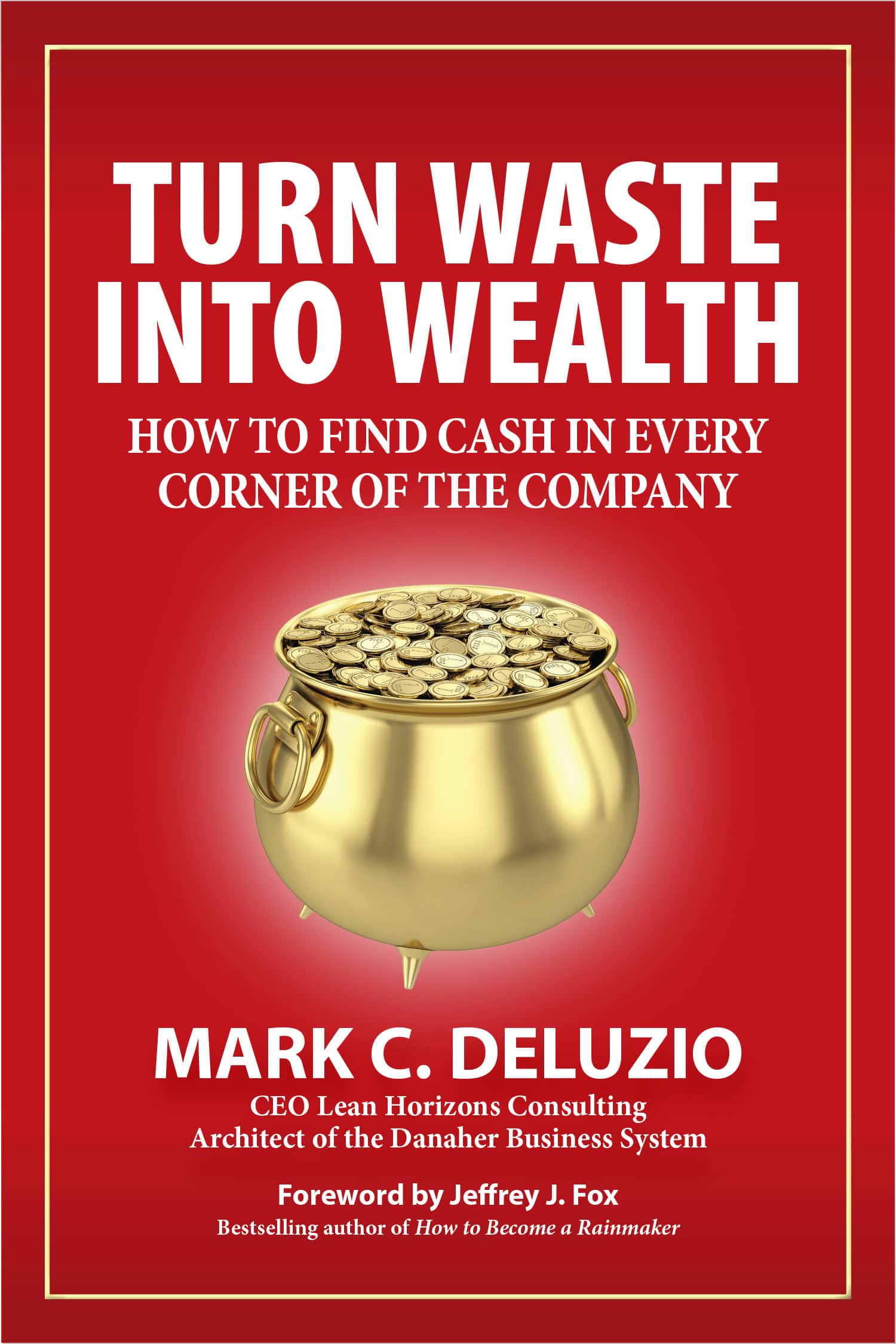Introduction
My grandson, age 13, has been infatuated with the Rubik’s cube for the past year or so. His personal best score for the 3x3x3 is 12.5 seconds. While this is incredibly impressive, it is nowhere near the world record of 3.47 seconds as of this writing!

My Grandson (C)
Today I returned from watching my grandson attend his first Rubik’s Cube tournament in Tucson, AZ. He did extremely well in his first competition, achieving his personal best in the one-handed 3x3x3 and in the two-handed 3x3x3, he beat over half the field of 150 Cubers. However, he realizes to be truly competitive, there is more work to do, and it was a perfect opportunity for me to explain the concept of Kaizen!
My grandson was excited when he learned that Max Park, the world record holder in almost a dozen Rubik’s Cube categories, would be in attendance. True to form, Max won many categories, and my grandson was thrilled to meet him and get a photo and autograph. Max Park has been such a phenomenon that Netflix filmed a documentary featuring him called “The Speed Cubers.”
I have always been attracted to what makes someone great at what they do. It matters not the endeavor, whether it is in the field of music, sports, aviation, academics, business, or countless other arenas. The Rubik’s Cube is no different. In many cases, natural talent is required to be the best; however, it is rarely enough. I have found that when benchmarking the best, many common characteristics exist in those we consider “great.”
Having been conditioned to see the world through a Lean lens, I paid careful attention to Max Park and studied him closely over the past two days. This paper will describe my learnings about what makes Max Park the world’s best “Cuber.”
Away from the “Solve” – Max Park, a Model of Discipline
While my sole purpose was to watch my grandson compete in his first Rubik’s tournament, I could not keep my eyes off Max Park. What he did when he was not competing in a “solve” (what Cubers call a timed trial in a competition) was as interesting as when he competed. Here are a few things I observed in his time away from the “solve”:
- I never once saw Max without a Rubik’s Cube in his hand, constantly practicing his trade. The only exception was when he posed for a picture or gave an autograph to some admiring fan. He graciously did so, but he immediately returned to practicing his cubing once the photo was snapped. There was no time for chit-chat. As I observed the other 150 contestants, none had the consistency, rigor, or discipline Max displayed in his penchant for practicing his art. Even as Max walked from his table to the competition arena, I observed cube in hand as he attempted another solve, sometimes without even looking!
- There is an old adage that states, “practice makes perfect.” However, this theory can easily be dispelled if you practice the wrong technique. From my observation, I sensed that Max believed that “perfect practice makes perfect.” His practice routine very closely paralleled his actual performance in competition.
- Max created a practice environment that mirrored what he faced in actual competition. Max had his own timer, explicitly designed for Rubik’s Cube competitions. He psyched himself up as if he were performing an official solve, and every motion and mannerism was equal to what I witnessed during a live solve.
- After each practice solve, Max recorded his time on a time log that he kept by his side. Once he logged his time, he immediately went back to perform another practice solve. There was no time to waste for Max Park.
The “Solve”: How Max Park Practices Lean Methodology
- Max had all of the right equipment to do the job. He was unique in that no competitor, except one, had a hand towel to dry his hands before an official solve. However, the similarities stopped there. Max was unique in that he used earplugs to deaden any distractions, used a rosin bag to absorb sweat that might cost him the title, and always had his performances filmed so that he could most likely review the game tape after the competition.
- When it comes to standard work, Max never deviated. I would describe his work sequence to be as follows:
- Once seated for a solve, Max would warm up with a cube that was not entered into the competition. Note that Max would use the same cube type to warm up as the solve dictated. For example, if Max was solving a 4x4x4, he would warm up with the same. In the 4x4x4 contest, most other contestants were warming up with a 3x3x3, which seemed somewhat illogical.
- He would then wipe his hands on his towel.
- Next, he would rub his hands on his rosin bag.
- He would then observe the competition cube in the same manner as any other solve. (Note, once the cube is presented to the contestant, he has 15 seconds to observe the scrambled cube.)
- After placing the cube down in its designated spot, he would close his eyes, focus, and take a deep breath.
- Unlike most competitors, Max displayed very little wasted motion. For example, most competitors would start their solve by picking up the cube and bringing it to a comfortable position, and Max did the same. However, there was one difference: once Max’s hands hit the cube, he immediately commenced his solve as he brought it to a comfortable position. He used the same technique when he finished with little or no wasted motion. These two moves alone could cost a contestant over one second, which is quite significant when considering the relative times of these record-setting solves.
- Most important to Lean philosophies is the Respect for People Principle (RFP). Max is a serious competitor and did not come to this tournament to socialize with other Cubers. However, as mentioned above, his routines were interrupted numerous times by adoring fans, including my grandson. I was highly impressed by how Max handled the interruptions. He graciously posed for photos and signed autographs, and he always had a big smile on his face. Even though he was there to perhaps set another world record, he did not forget the people who adored him. Of all of his remarkable qualities, I was most impressed with Max in this regard. True to form, once the pictures were taken, the autograph signed, and the handshake concluded, Max immediately went back to practice his cubing. Max is a good person and a true professional!
Conclusion
Many of the best in their respective endeavors are the ones who practice more than any other. Michael Jordan and Larry Bird, two NBA Hall of Famers, were said to spend more time on the practice court than any other player. Many asked why they did so since they were such great players. I often wondered if their greatness resulted from their dedication to their sport, with the belief in Kaizen that you can always improve, no matter how good you are today.
Max Park offers an interesting parallel to what we face in the business world. There is a difference between being a competitive company vs. being world-class. So many companies I run into do not have the Max Park aura or DNA. This tournament was filled with competitive Cubers, but there was only one genuine world-class participant, and his name is Max Park.
Leaving the competition, I couldn’t help but think: Instead of going to Japan to benchmark world-class companies, CEOs should attend the next Rubik’s Cube tournament where Max Park is scheduled to appear.
As Yogi Berra once said, “You can observe a lot by just watching.”

